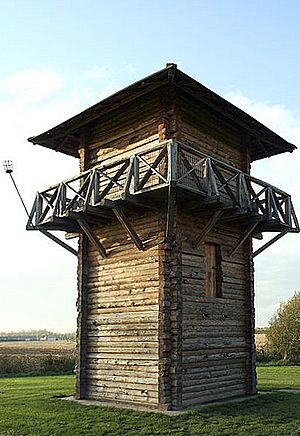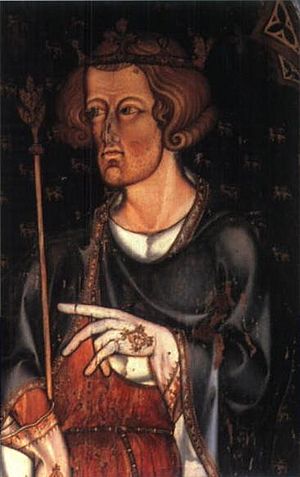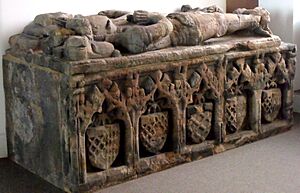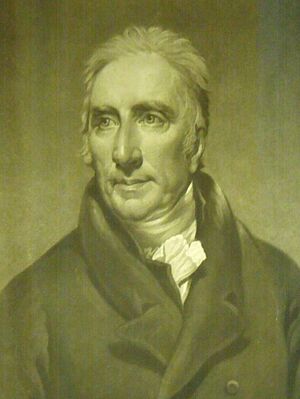History of Workington facts for kids
Workington was once part of Cumberland, which is now Cumbria in North West England. For a long time, the area around Workington has been known for producing coal, steel, and high-quality iron ore.
Roman Times (AD 79–410)
Between the years 79 and 122 AD, the Romans built forts, smaller forts, and watchtowers along the coast of Cumbria. These were like a protective wall against attacks from the Scoti (from Ireland) and the Caledonii (a powerful tribe in what is now Scotland). An old book from the 16th century called Britannia by William Camden mentions the ruins of these coastal defenses in Workington.
One important Roman fort, now called Burrows Walls, was built on the north side of the River Derwent's mouth. Another fort or watchtower was probably on How Michael, on the south side of the river. In 122 AD, the Romans started building Hadrian's Wall from Bowness to Wallsend. Other Roman forts found nearby, like in Moresby and Maryport, suggest that the Roman coastal defense system stretched along the entire Solway coast. This was a very important part of the Roman Empire's protection.
For many years, people thought Burrows Walls was the fort called Gabrosentum. This name might come from old British words meaning "he goat" and "path." But today, many experts believe it was more likely the fort known as Magis.
Middle Ages
How Workington Got Its Name
The name Workington is thought to come from three old Anglo-Saxon words. Weorc was probably a man's name. The word -ingas meant "the sons or people of." And tūn meant "settlement" or "estate." So, Workington likely means "the estate of Weorc's people." Over 1000 years ago, the first people living here might have called themselves Weorcingas, and their home Weorcinga tun. The town's name has been written in many different ways over the centuries.
It's believed that a group of monks, connected to Lindisfarne, lived and worked where St Michael's Church stands today. Back then, the sea level was higher, so their community might have been on an island south of the river's mouth. There's a story that the famous Lindisfarne Gospels were lost at sea by these monks during a storm but were later found safe, though water-stained, near Whithorn.
The Vikings Arrive
A Viking sword was found at Northside, which suggests that Vikings settled near the river's mouth. This area has shown a lot of evidence of Viking activity, meaning they lived and worked there a long time ago.
The Curwen Family
The Curwen family were the Lords of the Manor of Workington and played a big part in the First War of Scottish Independence. Their family motto, "Si je n'estoy" (which means "If I had not been there"), is said to come from Sir Gilbert (ii) de Curwen. He arrived late with fresh troops at the Battle of Falkirk (1298), helping King Edward I of England win. Some people think he waited to see who was winning because he had family fighting on both sides! It was at this battle that William Wallace was defeated.
In 1307, King Edward I asked lords like the Curwens to provide ships and men to fight against Robert the Bruce, who had become King of Scotland. Workington was one of the places asked to prepare ships and barges for the war. The Curwens were also expected to help in the Second War of Scottish Independence.
Sir Gilbert (iii) de Curwen (born around 1296) became a knight at the Battle of Crecy in 1346. He and his men fought with King Edward III of England in France. Later, in 1379, Sir Gilbert (iv) de Curwen was given permission to add battlements (like a castle wall) to the tower his father built in Workington in 1362. Sir Gilbert (iv) is thought to have died in 1403 during a terrible disease called the Great Pestilence, which also killed his son. The Black Death, a type of plague, killed a huge part of Europe's population, causing big changes in society.
The Curwen family also believes that one of their members fought with King Henry V of England at the famous Battle of Agincourt in 1415. A list from that time mentions a "John Werkyngton," which was a very unusual spelling that matched the manor of Workington.
In 1428, King Henry VI of England gave Sir Christopher (ii) de Curwen (1382–1453) land in France as a reward for his good service. He later returned to England to fight against a Scottish invasion. In 1442, he helped arrange a truce between King Henry VI and King James II of Scotland. Sir Christopher and his wife, Elizabeth Huddleston, are buried in St Michael's Church.
The Curwen family seemed to support both sides during the Wars of the Roses, a series of wars for the English throne. King Edward IV of England later honored the Curwen family for their "great and gratuitous service."
Early Modern Era
Pirates Attack a Workington Ship
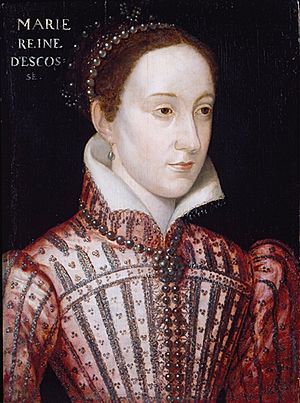
In 1566, Queen Elizabeth I of England was encouraging mining in the area. A new ship called the Samuel was used to bring supplies to the mines and take ore away. Workington was growing, and land was bought to unload timber from Ireland, which was used to help melt the ore. England needed metals and weapons, so the ore was mainly for cannons.
One day, the Samuel was sailing towards Workington when a storm forced it towards Scotland. There, some Scottish men, pretending to be merchants, boarded the ship. They cruelly killed the captain and almost everyone else, taking the ship and its goods. Only two people survived by hiding.
Mary, Queen of Scots, Escapes to Workington (1568)
In 1568, Mary, Queen of Scots, wrote a letter from Workington Hall to Queen Elizabeth I. After losing a battle, Mary escaped, dressed as an ordinary woman. She crossed the Solway Firth and landed in Workington. She spent her first night in England as an honored guest at Workington Hall. The next day, on May 18, 1568, Mary, who was 25 years old, was taken to Carlisle Castle.
William Camden's Britannia (1586)
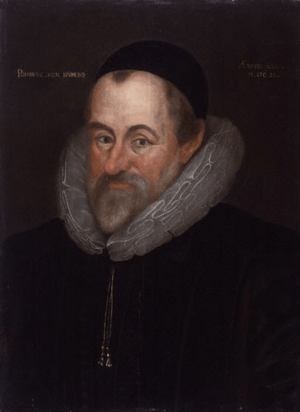
In 1586, William Camden wrote about Workington in his book Britannia. He described it as a place famous for catching Salmon. He also mentioned that it was the home of the old Curwen family, who had a grand house there that looked like a castle.
Since the 18th Century
John Christian Curwen (1756–1828)
Workington changed a lot when John Christian Curwen was the Lord of the Manor (from 1783 to 1828). He was a very interesting and forward-thinking person in Cumbria. He was a Member of Parliament for Carlisle and then for Cumberland. He worked hard to change laws about farming and to give more rights to Catholics. He was even offered a special title (a peerage) twice, but he turned it down.
John Christian Curwen was very interested in improving farming. He had an experimental farm and planted over 800,000 trees around Windermere, which completely changed that part of the Lake District. He was also a strong supporter of ending slavery. His friend William Wilberforce, who led the fight against slavery in the UK, often visited him.
One of his most interesting ideas was creating early forms of social security and benefit schemes for his farm and coal mine workers. This was a very new idea at the time, showing he cared about the well-being of his employees.
Education
Workington has a long history of schools. Here are some key developments:
- Patricius Curwen's school on High Street (1664 – 1813), which became the 'National' school.
- Wilson Charity School (1831 – 1967), also known as 'Guard Street' school.
- St John's School (1860 – present).
- St Michael's School (1860 – present).
- Lawrence Street School (1874 – 1979).
- Northside School (1878 – present).
- Siddick School (1902 – 1967).
- Workington Grammar School (1912 – 1984).
- St Joseph's Catholic High School (1929 – present).
- Salterbeck School (1954 – 1984).
- Stainburn School (1984 – 2015).
- Workington Academy (2015 – present).


